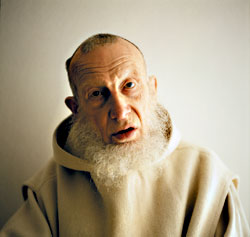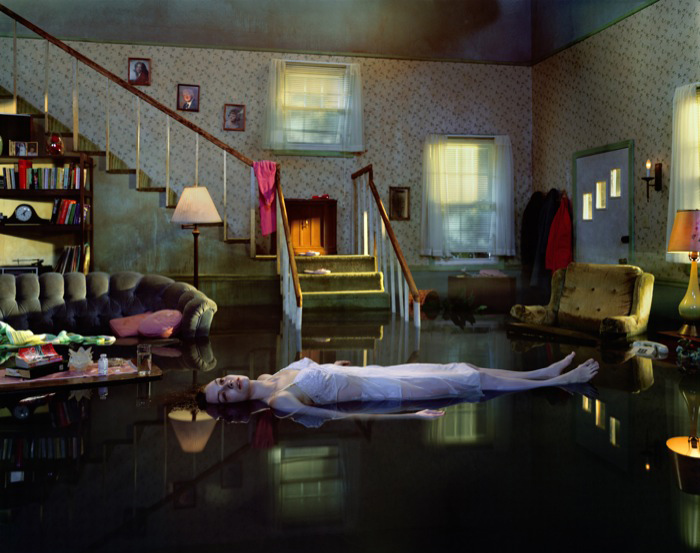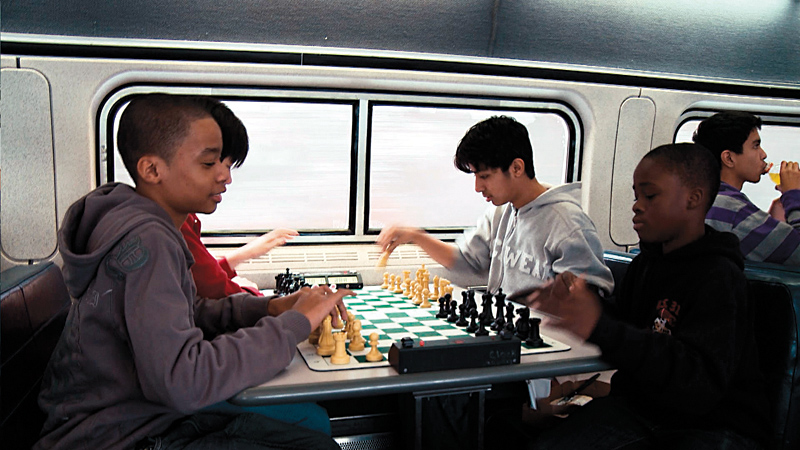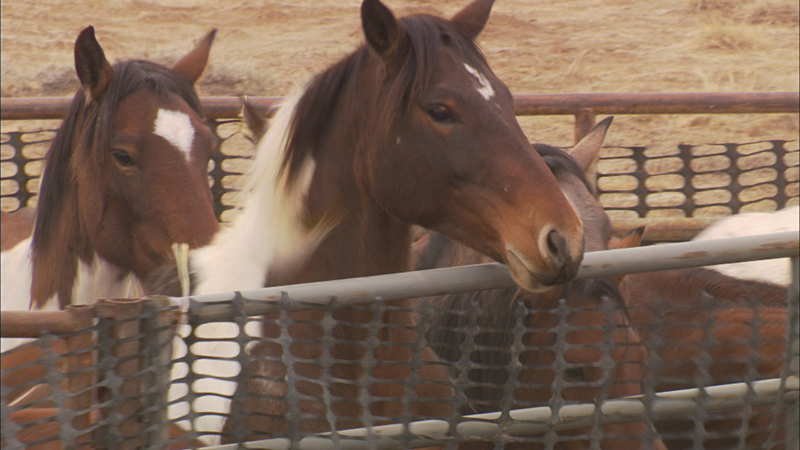Silence has always functioned as a form of resistance, but perhaps never more so than it does today, when being “unreachable” is a cardinal sin. “The silent treatment” can be the most heinous of punishments because it feels almost inhuman, though for the subjects of Philip Gröning’s painstaking meditation on the cloistered life, that’s not a bad thing. “Behold, I have become human,” is the lament of one of the many quoted religious passages, “…join me in becoming God.” Gröning became interested in making a film about the Carthusian monks at France’s Grande Chartreuse monastery in 1984, and wrote them saying so; in 2000 he got the all-clear. Well, semi-clear: In the six months he spent at the 17th-century compound, Gröning could only use natural light, had to abide by monastery rules, and was allowed no crew. The result is less a documentary than a Dogme treatment of some hermits keeping it real in the French Alps. Gröning traces the passing of the seasons with outdoor beauty shots of God’s creations, while life inside is constructed as a series of human set pieces: monk mops the floor, monk gets a haircut, and—big finish—monk eats lunch. The simplicity can seduce, but the point is solidly made by the two-hour mark of this 162-minute film, when you may tire of exalting the supposedly pure existence of a bunch of men playing house on a hill, oblivious (and useless) to the world of need and suffering beneath them.
Into Great Silence
Abstaining from iPods brings you closer to God.








